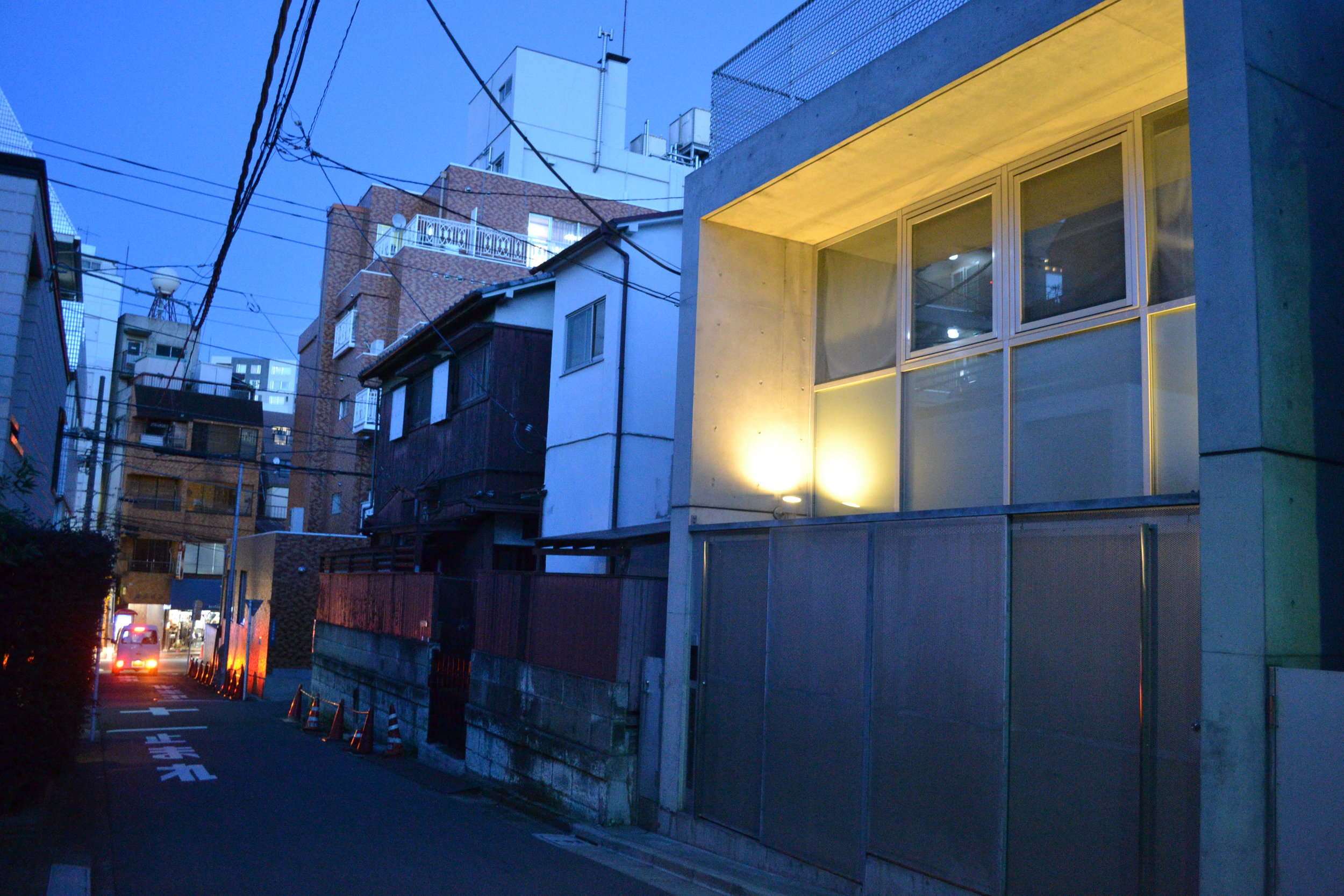What Can Los Angeles Learn from Tokyo?
 On first glance, Los Angeles and Tokyo seem about as different as two cities can be. Los Angeles is a sprawling disaster built around the automobile, with inadequate public transit, low density, and great economic and social inequality. Tokyo is usually depicted as a hyper-modern model of Asian efficiency, high density and planned around rail transit, equitable and environmentally-conscious.
On first glance, Los Angeles and Tokyo seem about as different as two cities can be. Los Angeles is a sprawling disaster built around the automobile, with inadequate public transit, low density, and great economic and social inequality. Tokyo is usually depicted as a hyper-modern model of Asian efficiency, high density and planned around rail transit, equitable and environmentally-conscious.
In fact, the two cities may have more in common than you think. Tokyo, like L.A., is a city of multiple centers: the iconic business districts of Shibuya, Shinjuku, and Ikebukuro are nodes on the Yamanote loop railway line that circles the old core of central Tokyo, formerly Edo. Los Angeles is often described as, "many cities searching for a center". Outside the central city, Tokyo has expanded to fill the entire Kanto plain of central Honshu.
Of course there are real differences that exist: most importantly density and population. The greater Kanto region that includes Tokyo, Yokohama, and suburban areas, includes around 35 million people at an average density of 6,807 people/sq mile in an area of 5,233 square miles. The L.A region has about 12 million residents spread across 4,850 square miles for a population density of 2,645 people/sq mile. Using this measure, Greater L.A. is only 39% as dense as Greater Tokyo.
But if we look at neighborhoods of central Los Angeles, the density is of course much higher than the regional average. Koreatown, for example, has a density of 41,000 residents/sq mile. The central area of Tokyo (referred to as the 23 special wards) has a density of 37,336/sq. mile. That may not be surprising, given that Koreatown is an outlier in terms of L.A. density. But it is illustrative of what's possible for L.A. as it plans for a more sustainable transit-oriented future.
Another important point of similarity is that a majority of the urban fabric in both cities is made up of neighborhoods of single-family homes. Looking down at Tokyo from any number of the city's observation towers, you can see that outside the corridors of commercial high-rises that straddle major boulevards and subway lines, the city is a dizzying mess of small alleys, lanes, and irregular lots owned by private families.
This is important because in L.A., the existing fabric of private single-family homes is perhaps the biggest obstacle to increasing the city's overall density. Few other large cities have central neighborhoods, such as West L.A, made up of large detached homes. But the urbanization pattern of Tokyo is instructive in that it proves a city can accommodate both high density, transit-oriented development along with low-rise neighborhoods of single-family homes.

With L.A's population expected to surpass 20 million by 2030, it is urgent that the city should focus development in dense urban clusters, around transit links. Given the correlation between density and energy usage, a dense L.A. will eventually mean a cleaner city. This is probably already obvious enough to be conventional wisdom, at least among urban planners. But what is not obvious is how the city will get there, especially with the vocal and powerful interests of wealthy property owners who will fear and oppose infill development near their neighborhoods. But Tokyo's example is worth studying.
Interestingly enough, art has already provided the inspiration for the future. The '80's dystopian thriller Bladerunner is set in a future Los Angeles but was inspired by the images of modern Tokyo. Today Tokyo is no longer a symbol of rampant urbanization; despite being the world's largest conurbation it is also one of its wealthiest and arguably one of its cleanest, on a per-capita basis. Whether or not life imitates art remains to be seen.




